Ever wondered why Google search results usually feature similar types of content?
The search engine prefers certain types of content for different types of keywords.
It’s all about creating content that best matches the intent behind the search query.
That’s how you maximize your chances of ranking. And how you create content that people want to engage with and share.
In this guide, we’ll explore the nine types of content that Google consistently ranks well.
These are the content types you should be creating for your clients.
Content Type #1: Listicles
Pioneered by platforms like Buzzfeed, structured lists have become a staple in content marketing strategy.
Google loves this content type because it is super user-friendly.
Listicles break down information into digestible chunks, allowing readers to quickly skim through the content and grasp the main points.
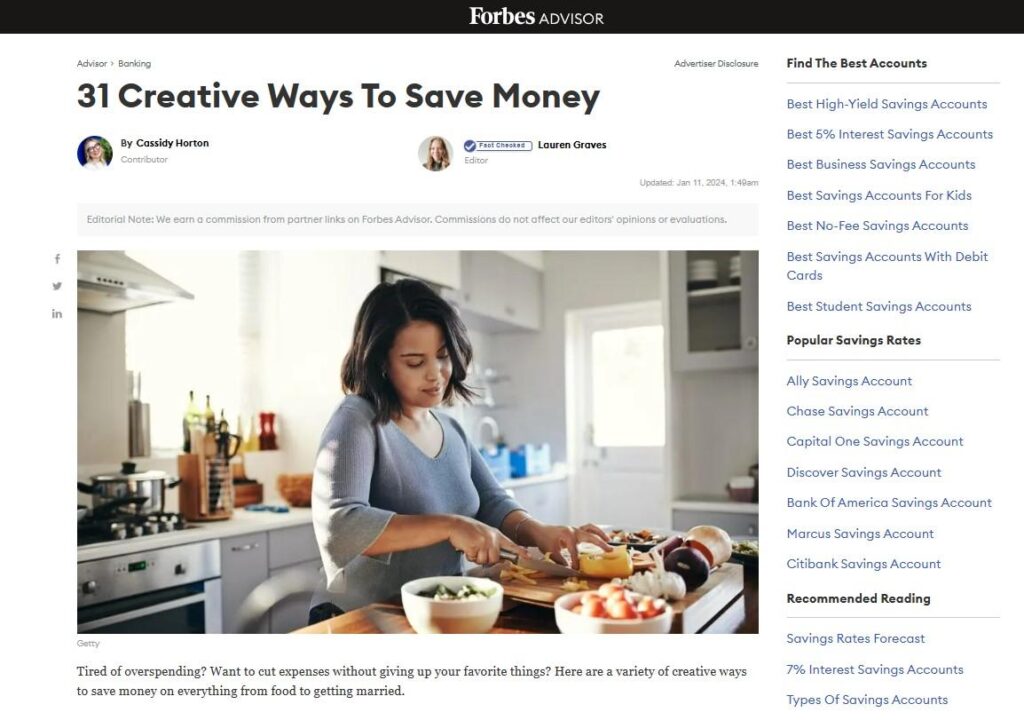
That makes them well-suited to internet users’ browsing habits. People want to get quick answers and easy-to-understand insights.
Listicles can also be used for every niche. Whether you’re working with a fintech company or a beauty salon, you can use listicles to cover topics in your client’s industry.
Structured lists can also claim featured snippets in Google’s search engine results pages (SERPs). The featured snippet appears at the top of the search results.
A recent study by Semrush found that lists account for 19.1% of all featured snippets:
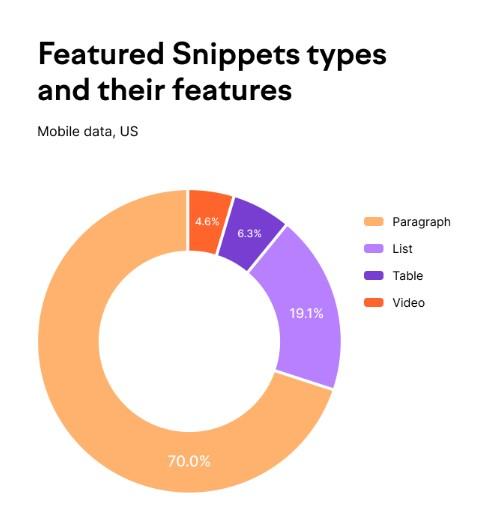
And unlike the paragraph snippet, lists tend to have a good clickthrough rate.
Searchers typically aren’t looking for a quick answer to a question. They want more detailed insights, so they are more likely to click through to your site.
Content Type #2: The Gallery + Short Article Combo
The second type of content that Google loves is the gallery and short article combo.
These pages feature an image gallery and typically include a short article of around 500-800 words. Each image in the gallery also has a brief description.
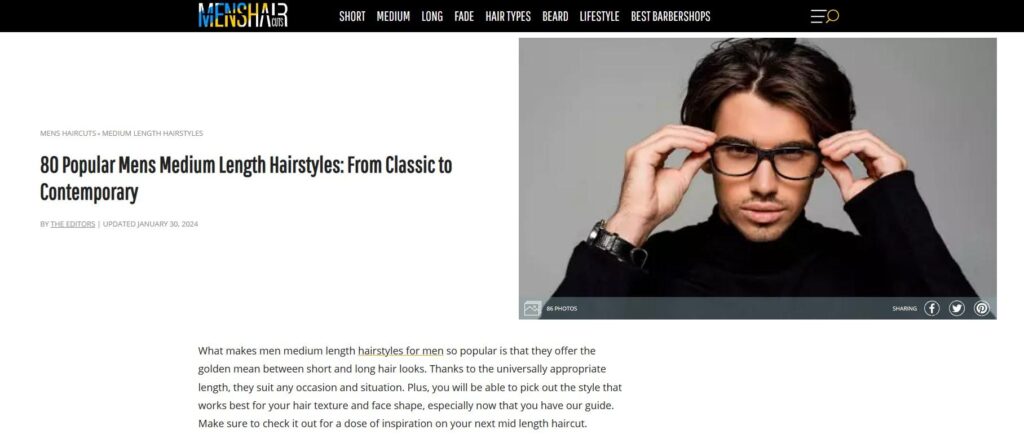
The short article introduces the topic and provides context for search engines. It’s where you’ll find the target keyword and related semantic terms.
But let’s be honest. Most users skip the article and go straight to the images.
A user searching for “best medium-length haircuts men” wants to see real examples. The gallery and short article combo is the best visual content format for the search intent.
It’s also why we commonly see Pinterest ranking for these types of “idea” keywords.
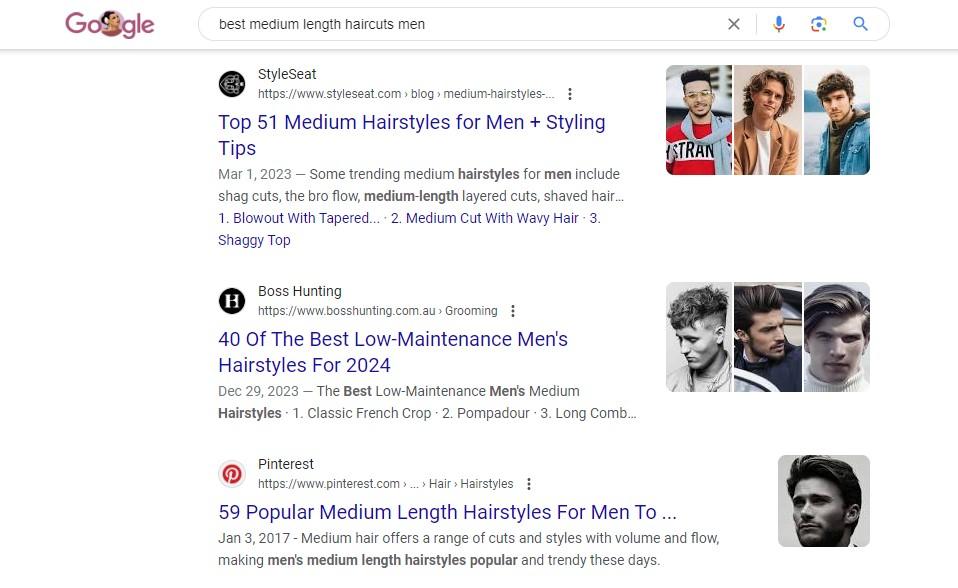
Content Type #3: The In-Depth Answer Blog Post
This type of blog content dives deep into a specific topic. It offers comprehensive insights and explanations.
The goal is to satisfy the reader’s need for information.
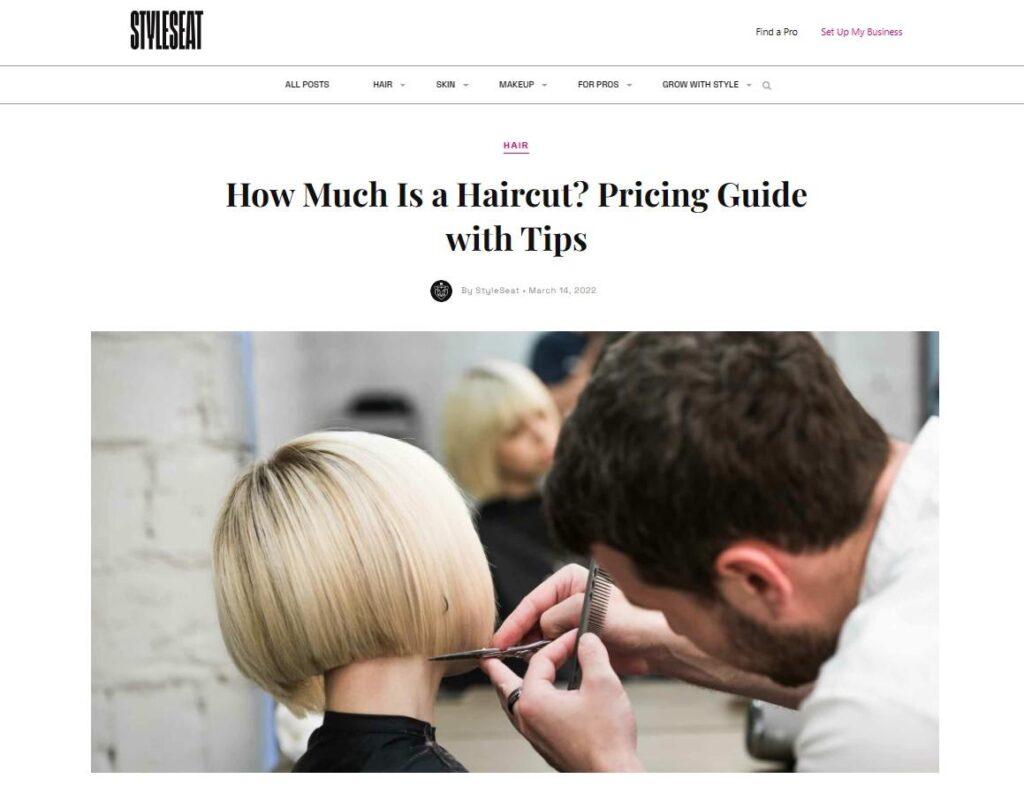
Google prioritizes content that thoroughly satisfies search intent. That’s why in-depth, long-form content ranks really well.
These articles explore a question or topic fully, covering all possible angles. You’ll find evidence-based explanations with links to authoritative sources to support arguments.
You can incorporate infographics and multimedia to enhance the readability and visual appeal of the content. This is a great way to make the written content even more engaging.
In the example blog post above, StyleSeat uses an infographic to break down the cost of men’s haircuts in the U.S.
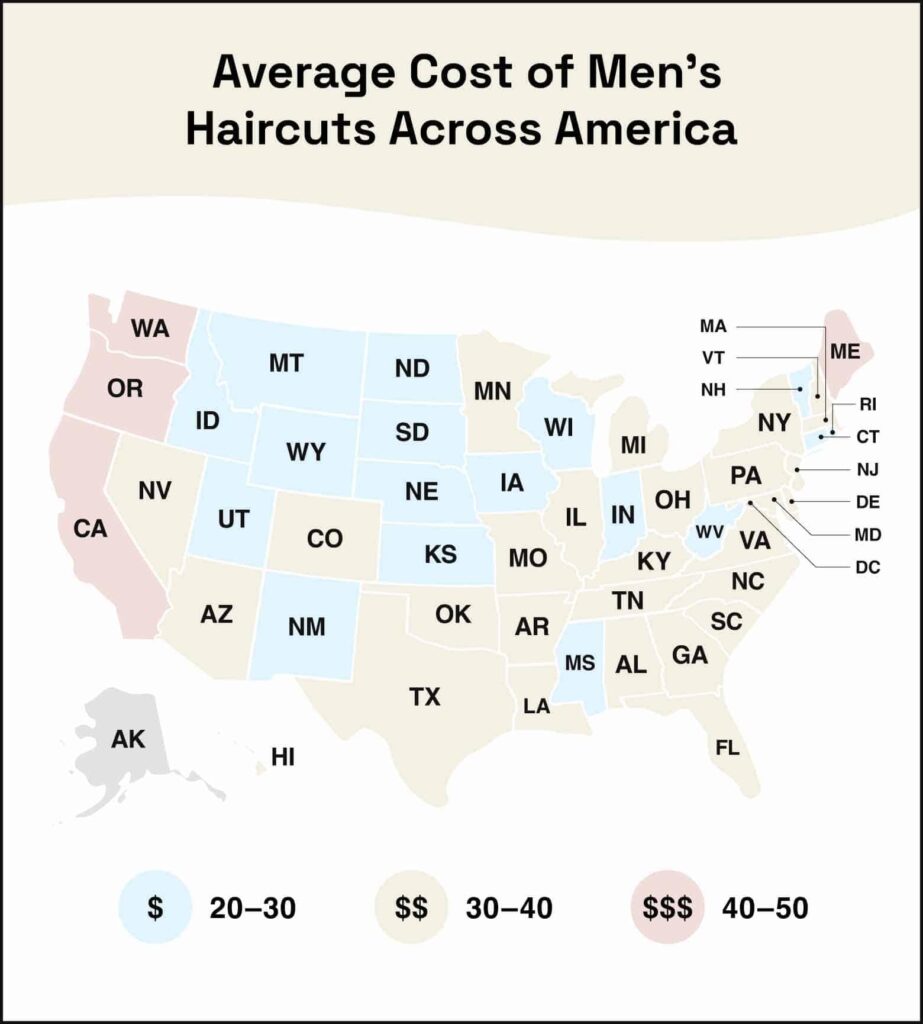
These types of posts are well-suited for thought leadership content. You can demonstrate knowledge and establish yourself as an expert in your niche.
In-depth answer posts also typically cover topics at the bottom of the funnel (BoFu) – when people are close to making a purchasing decision.
If you’re looking up how much a haircut should cost, you’re likely interested in purchasing a quality cut without overspending within the next week or so.
Content Type #4: Videos
Online video consumption is at an all-time high. The total time spent watching online videos increased by 249% in just five years.
This boom in popularity is reflected on social media platforms and in the SERPs.
Google has significantly increased the visibility of video content in its search results. You’ll find single video thumbnail results and dedicated video packs for most informational and commercial keywords, like the example below.
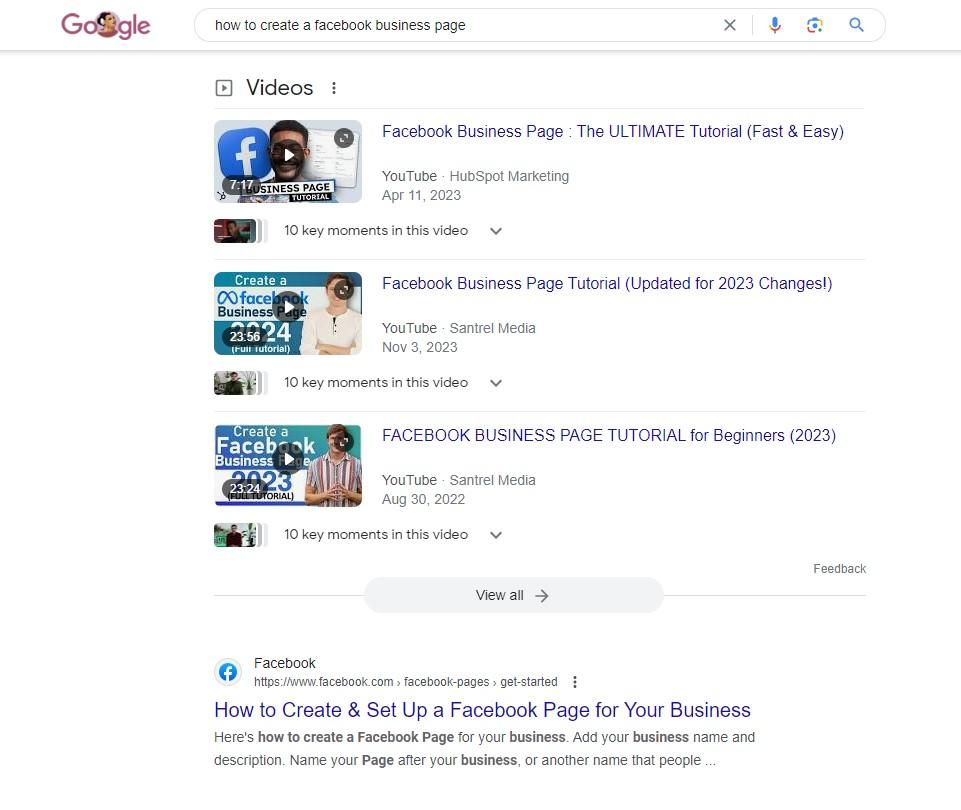
Videos are super effective at making information more digestible and engaging, whether it’s a tutorial, product review, or explainer video.
So, how can you create video content that ranks?
You need to focus on YouTube SEO to give your content the best chance of being featured in the SERPs.
YouTube is the dominant platform for video search results. A Moz study found that YouTube accounts for 94% of Google video search results.
Make sure you manually create closed captions for your videos to help Google understand your content.
You also want to use relevant keywords in your video title and description.
In the example below, HubSpot used the target keyword ‘Facebook Business Page’ in the video title.

The description is filled with relevant secondary keywords. Just make sure you don’t hurt the description’s readability.
There’s a lot more that goes into YouTube optimization. You can check out our detailed guide to ranking YouTube videos to learn more:
We’ve also produced a full written guide to YouTube SEO to go alongside our great video. Remember, it’s always best to use a multi-channel approach with your digital content.
Content Type #5: The How-To Guide
Google wants to show results that provide clear, actionable solutions to users’ queries. That’s why how-to guides are a cornerstone of content marketing strategy.
They make for great SEO content because they directly address the intent behind search queries. How-to guides can offer step-by-step instructions on everything from simple everyday tasks to more complex procedures.
Actionable, easy-to-follow information that helps searchers achieve a specific goal will always have a good chance of ranking well in search results. And by sharing knowledge and expertise, you can establish credibility and build trust with your audience.
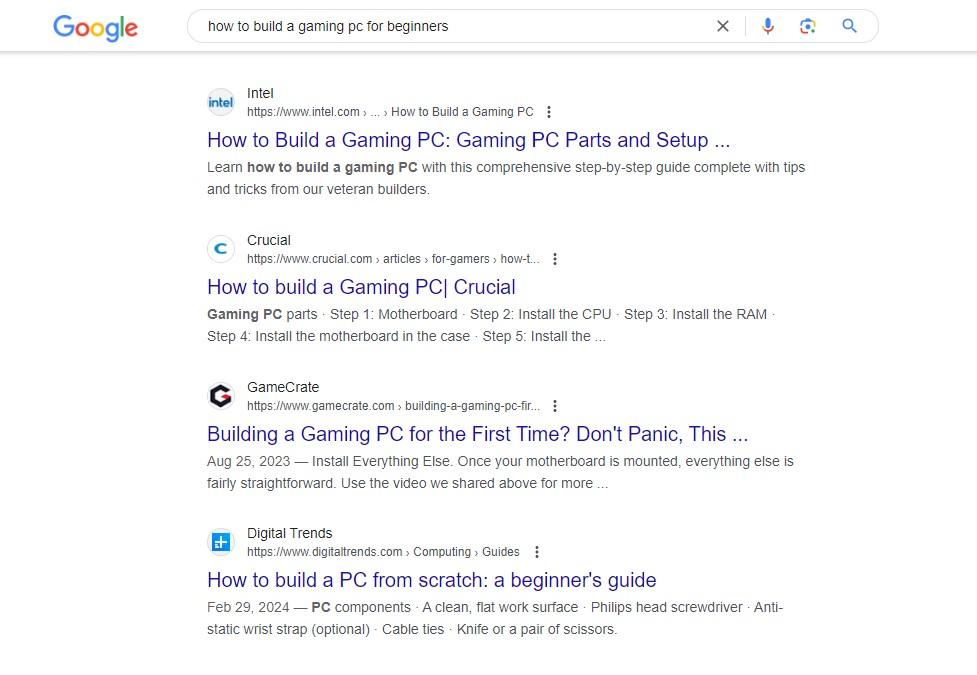
There’s also an opportunity to compete with more authoritative websites with this type of content. In the example above, GameCrate ranks on the first page of results with established websites like Intel.
If we check on Semrush, GameCrate only has an Authority score of 33 – much lower than competing results:

GameCrate can compete with more established sites because it offers an expansive guide full of actionable advice. It walks you through the whole process of building a gaming PC from scratch.
How-to guides are a great long-term investment for your blog.
They typically target informational keywords with consistent search volume. This means you can attract organic traffic long after you initially publish the content.
And they can also attract a ton of backlinks.
Content Type #6: The ‘Start Here’ Page
This type of content acts as a gateway page. It guides users through the resources on your site.
It’s designed to cover multiple topics or aspects of a subject in depth, with the content split across several interconnected web pages.
Google views this content as highly valuable as it covers a wide range of queries related to a specific topic.
You can target a wide range of keywords and position your site as an authoritative source in your niche. It can boost your topical authority and share link equity throughout your site.
It’s how sites like Backlinko rank for competitive terms like ‘SEO fundamentals’:
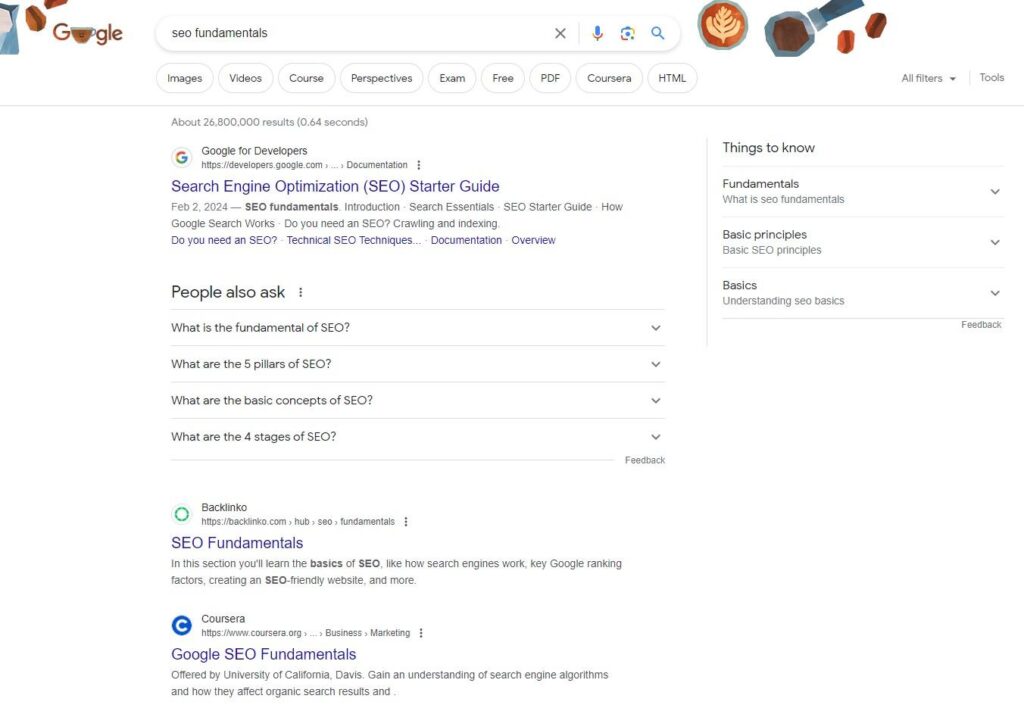
Backlinko breaks down the basics of SEO into 8 separate resources.
Structuring the content like this makes it easier for users to navigate the information. The learning process is more flexible and digestible.
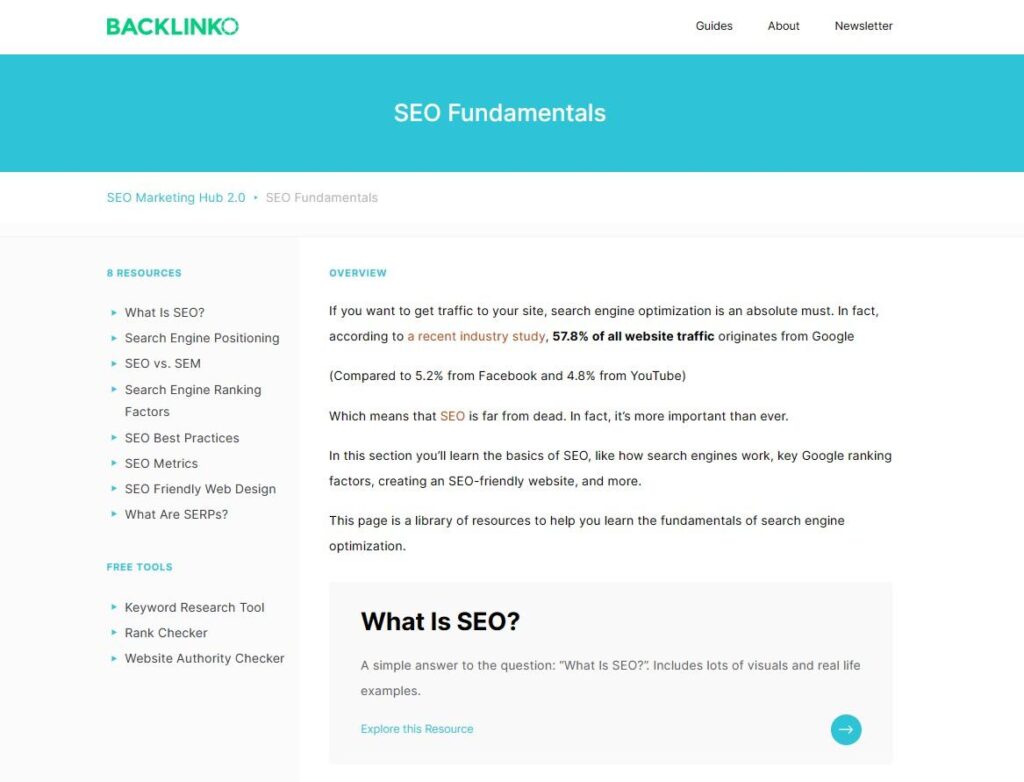
It can also result in users spending more time on your site as they explore the different sections of your content. This signals to Google that your content is high quality and relevant to the search query.
To create this type of page, you need to publish a lot of content around a subject and nail your internal linking structure.
Content Type #7: The Short Answer Post
The short answer post delivers straightforward answers to specific questions. These posts are typically under 1,000 words and focus solely on answering the search query – no unnecessary fluff.
Google loves this type of content because it clearly matches the intent behind a search query. Somebody searching for ‘What’s the best time of day to exercise?’ is seeking specific information.
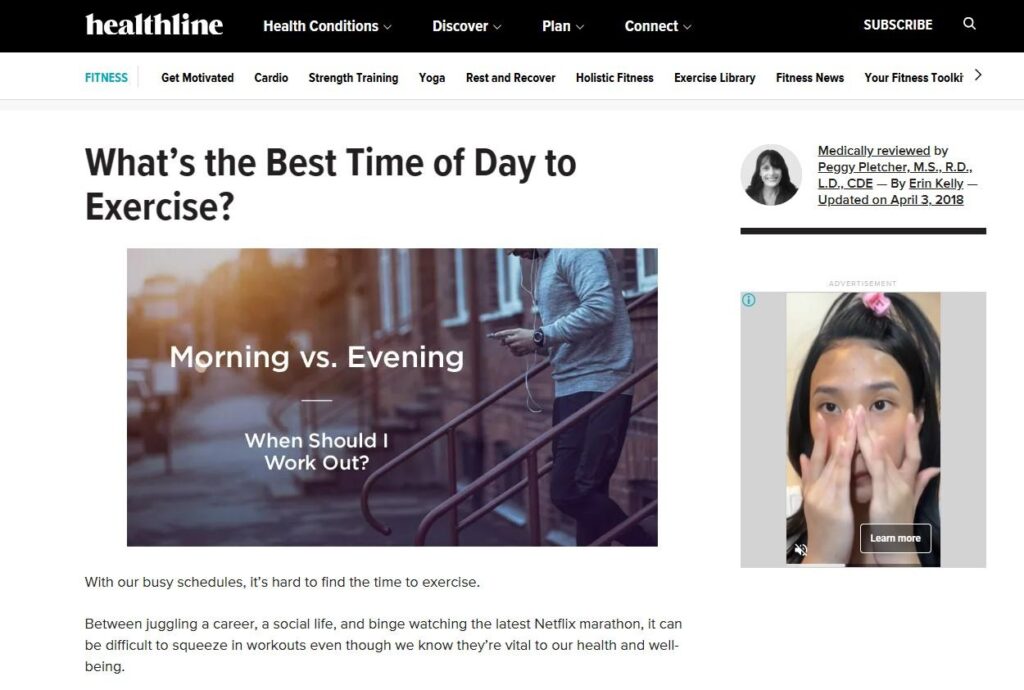
You’ll often find that short answer posts start with a concise answer to the question. This is followed by an explanation that digs deeper into the answer and provides context to satisfy the user’s need for information.
SEO tip #74: If you’ve been publishing long-form content, try experimenting with the opposite and publish more short-form content (700 to 1.5k words). It takes less time to produce and can perform as well as long-form content.
— Lim How Wei (@notlhw) August 21, 2021
This type of content works best for highly specific longtail keywords.
While these queries often have a smaller search volume, you can attract highly targeted traffic.
These posts are often included in the featured snippet. Google takes extracts from short answer posts to provide direct answers to search queries at the top of search results.
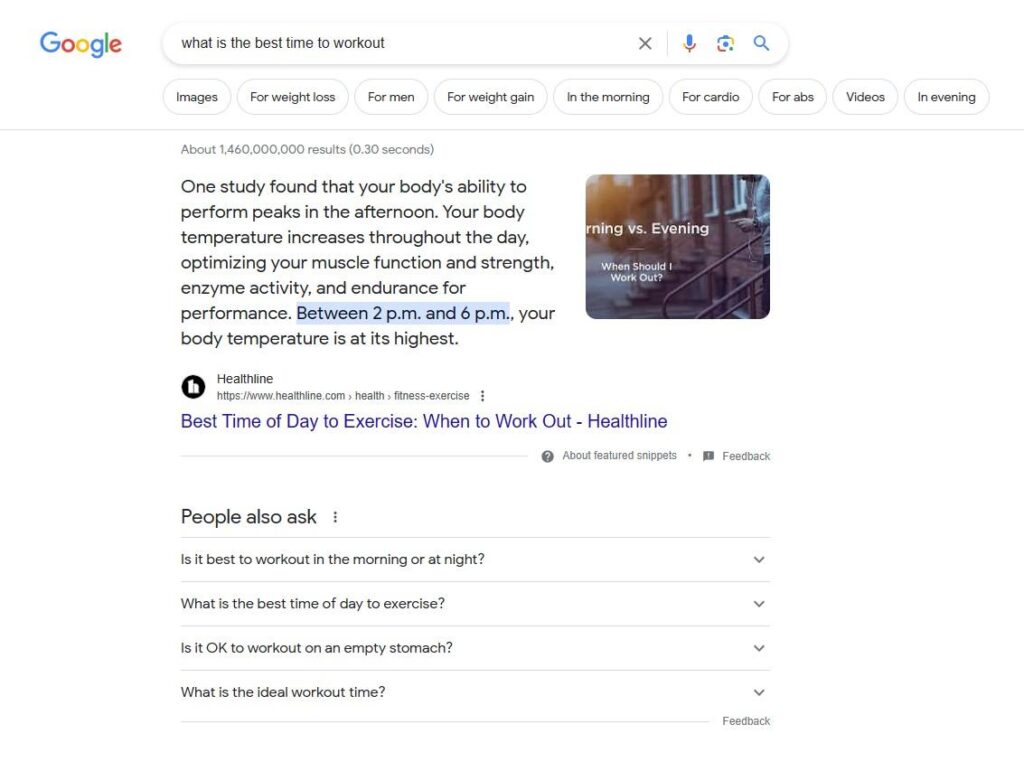
Claiming a featured snippet can increase your visibility in search results. However, it may also impact the amount of traffic you drive to your site.
If users can get the information they need directly from the SERP, they might not click through to your site.
Content Type #8: User Generated Content (UGC)
Google loves UGC for one simple reason.
It’s authentic.
Content that is created by unbiased users is considered more trustworthy by search engines and audiences.
In a recent survey, 60% of respondents rated content created by consumers as the most authentic compared to brand-created content and stock imagery.
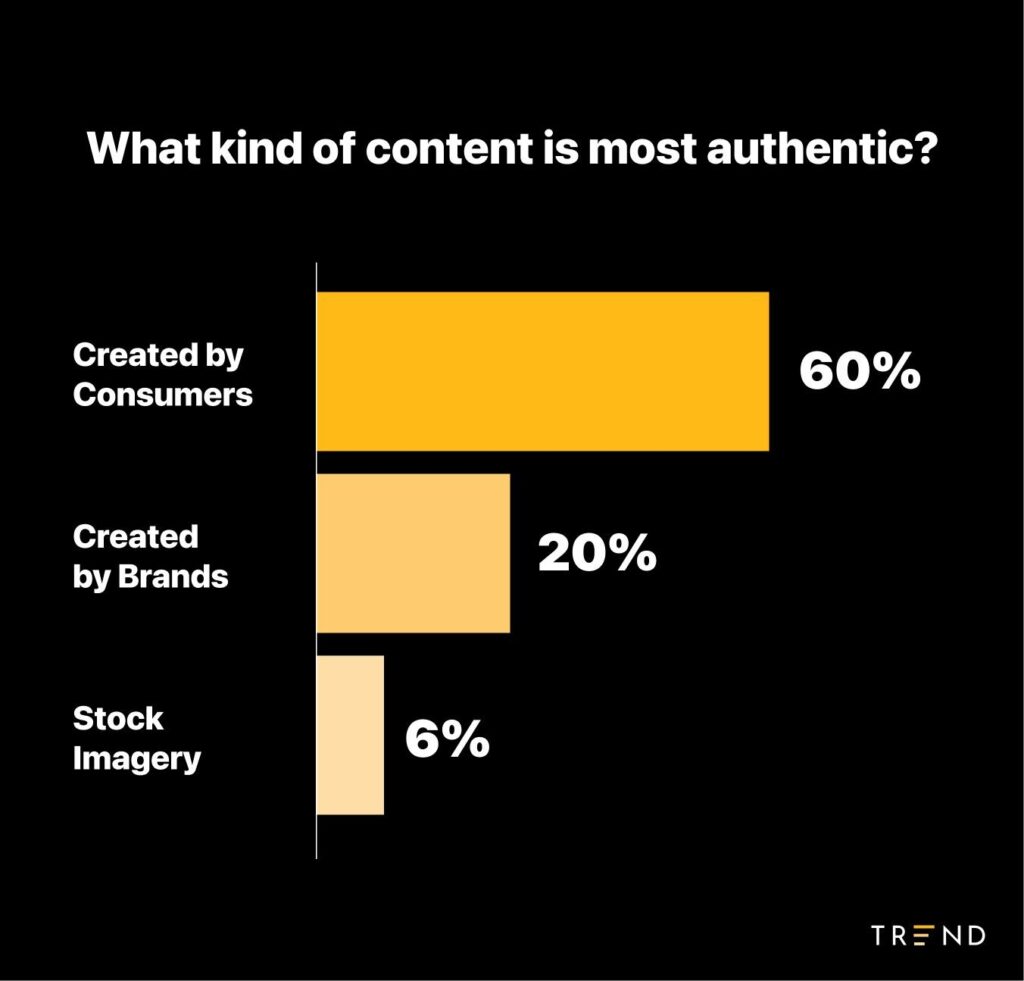
Google wants to show people the most trustworthy results. So, it makes sense that UGC is prioritized in the SERPs.
UGC could be Reddit and Quora posts or forums and product review sections.
Amazon is a great example of how UGC can benefit SEO. User reviews and questions are featured prominently on every product page.
This gives shoppers a lot of unbiased information to help them make a purchasing decision. It also keeps the page fresh by continually updating it with new contributions.
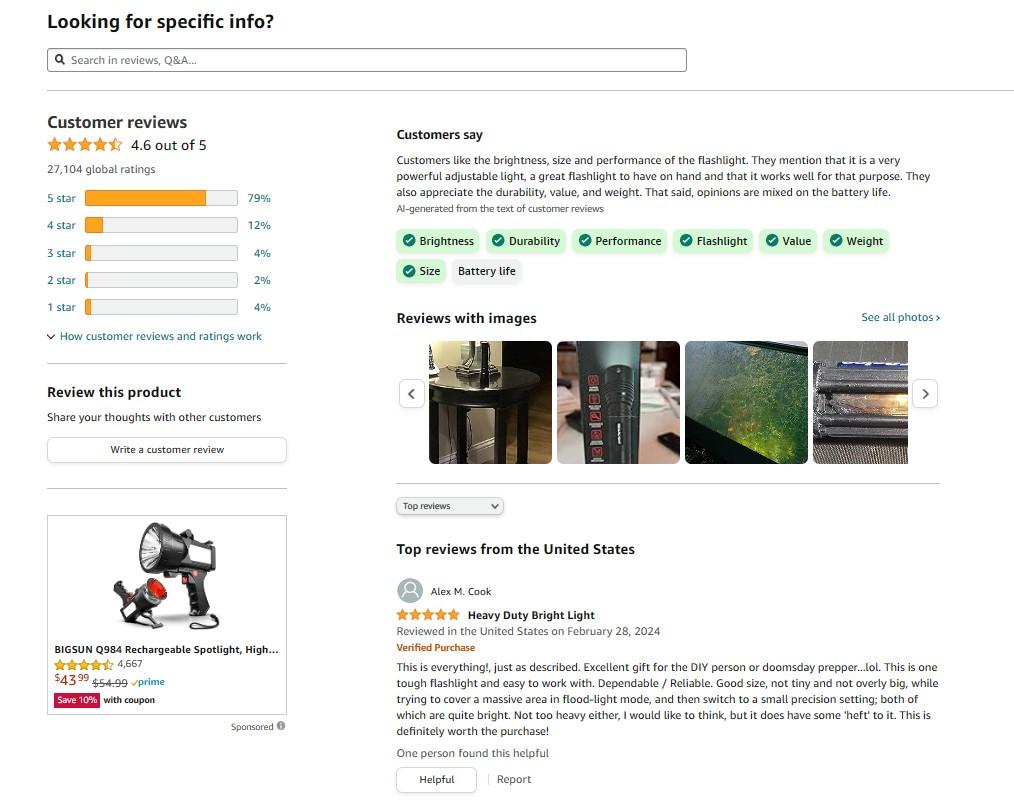
Content generated by users is also rich with relevant keywords. It includes the actual phrases that your target audience is using when they conduct a search.
Product reviews and Q&As are great for ecommerce SEO.
However, you can also incorporate UGC into your blog posts. Platforms like Reddit, X, and Quora often feature experts sharing their insights. Highlighting these opinions in your blog posts can add credibility and authority to your content.
Here at fatjoe, we often include social media posts from leading SEO experts in our blog content.
Content Type #9: The Landing Page
Although the landing page isn’t technically a ‘type’ of content, it still features heavily in the SERPs for transactional search queries.
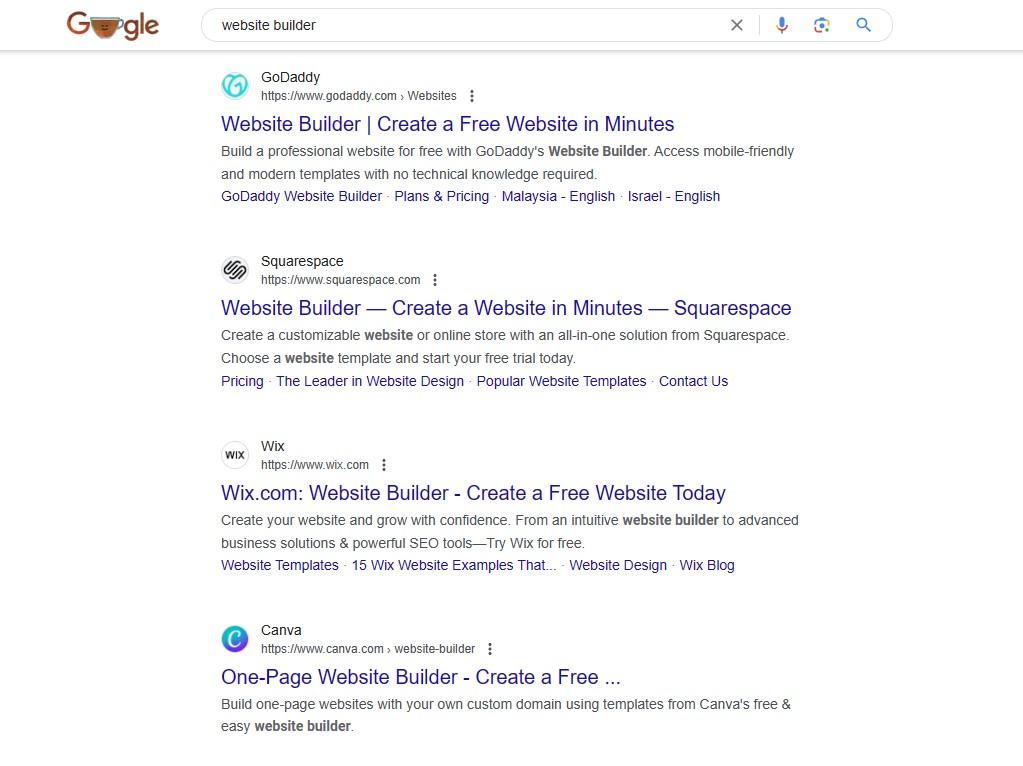
Google prioritizes landing pages with clear information and a great user experience.
Make sure you’re targeting the right keywords and that your copy matches the search intent. Your landing pages should also be optimized for mobile and be quick to load.
This will boost your ranking potential and help you convert more visitors into paying customers.
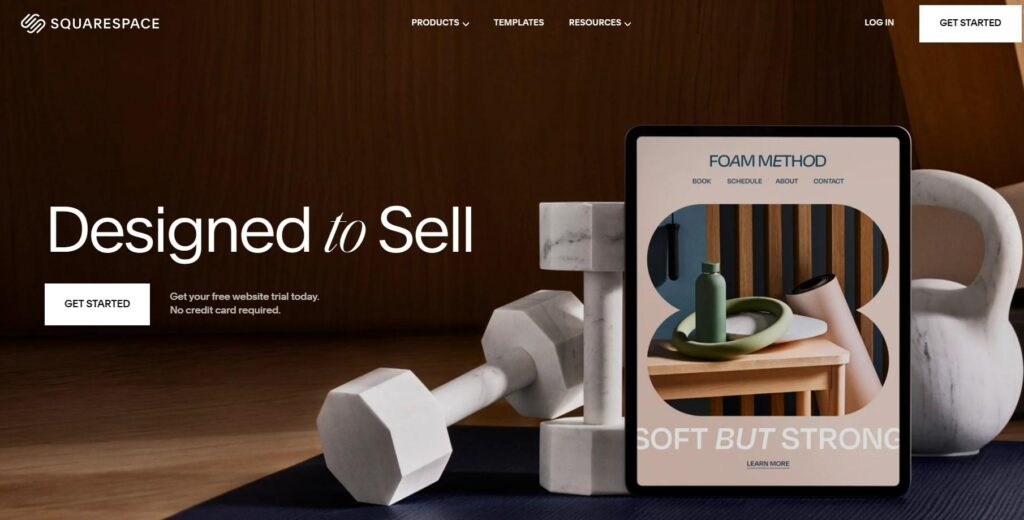
You can also include some of the other types of content we’ve included in our list.
User-generated content can be a powerful form of social proof. So include testimonials or customer reviews to make your page more persuasive to potential customers and boost conversions.
Closing Notes
Sometimes, we forget how many different types of content we can create to rank well in Google.
I hope this guide has opened your eyes to some new possibilities. It all comes down to choosing the right tool for the job.
Look at the SERP for your target keyword to discover the type of content that Google prefers and best matches the search intent.
The goal is to determine what type of content would solve your audience’s problems most effectively.
Once you’ve decided on the content type you’re targeting, make sure to use our Scalable Content Strategy to get the best possible results from your content efforts.
Become a Pro at SEO
Join 65,000 others and learn the secrets to SEO success with our weekly blog posts.
